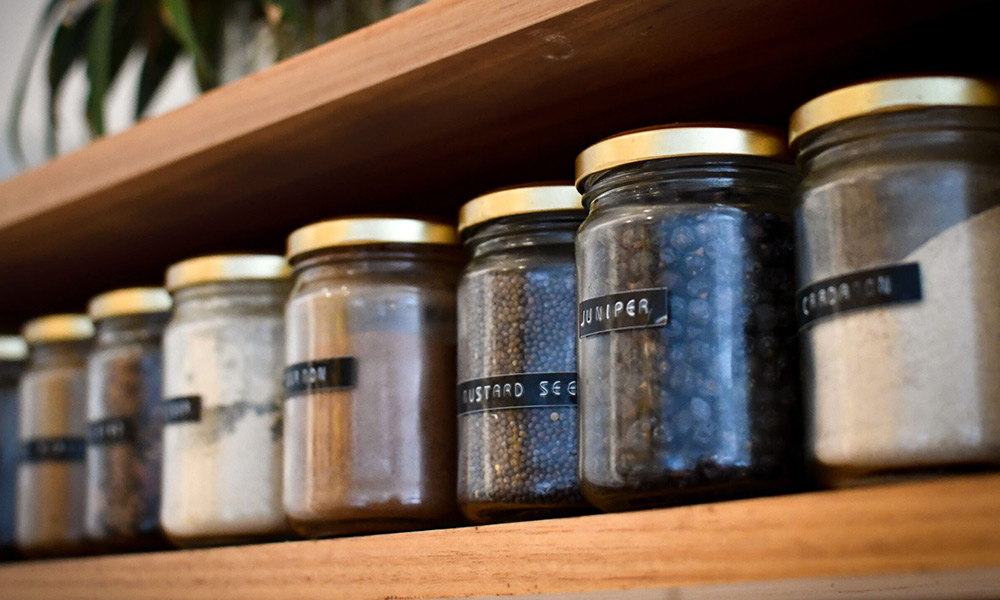The experience of going through cancer treatment often changes eating habits, and many survivors find themselves craving healthier options as they start the next chapter of their recovery. Thankfully, the fall season is brimming with delicious, nutrient-packed foods that can help boost recovery. Seasonal fruits and vegetables can provide essential vitamins, minerals, and antioxidants that support your recovery and long-term health.
At Survivor Fitness, one of our goals is to help survivors connect with nutritionists and dietitians to create personalized meal plans that support their healing journey. Whether you’re just starting to explore new food options or you want to get more creative in the kitchen, we’re here to guide you. We’ve also compiled some of our favorite recipes into a Survivor Fitness cookbook—available to all of our participants.
In this article, we’ll highlight some of the best fall superfoods for cancer recovery and share a few simple recipes to get you started.
Fall Superfoods to Boost Your Health
Here are a few seasonal superfoods that not only offer rich flavors but also provide essential nutrients known to aid in cancer recovery and long-term health:
1. Pumpkins
Pumpkins are much more than the symbol of fall—they’re a nutritional powerhouse packed with beta-carotene, a potent antioxidant. Studies show that beta-carotene helps combat free radicals in the body, which is critical for cancer survivors. It also supports the immune system and promotes healthy skin. The fiber in pumpkin also aids in digestion, which can be particularly helpful for those managing side effects from treatment.
2. Brussels Sprouts
Brussels sprouts are a fall favorite and an excellent source of sulforaphane, a compound that has been shown to have cancer-fighting properties. These cruciferous vegetables also contain high levels of vitamin C, which can boost the immune system and aid in tissue repair. Brussels sprouts are versatile and can be roasted, sautéed, or added to salads for an easy, nutritious addition to your meals.
3. Sweet Potatoes
Sweet potatoes are loaded with beta-carotene, fiber, and vitamins A and C, making them a perfect fall staple for cancer recovery. The nutrients in sweet potatoes support immune function, promote healthy skin, and improve digestive health. They also provide a steady release of energy, making them a great choice for maintaining stamina during recovery.
4. Apples
Apples are crisp and delicious in the fall, and they have numerous health benefits for cancer survivors. Packed with fiber and antioxidants, apples help support digestive health and reduce inflammation—two key areas of concern during recovery. The polyphenols in apples have also been linked to immune support. Whether you enjoy them raw, baked or blended into a smoothie, apples are a versatile fall fruit that can easily fit into a nutritious meal plan.
Delicious & Simple Fall Recipes for Cancer Survivors
Here are a few recipes in our Survivor Fitness Cookbook that incorporate these ingredients:
- Pumpkin Oatmeal Pancakes – A delicious and hearty breakfast option from Ambitious Kitchen. This recipe is vegetarian, gluten-free, and packed with fiber.
- Sweet Potato Kale Salad – A nutritious lunch or dinner option from Whole & Heavenly Oven. You can also add cranberries or pomegranates for an extra fall flavor boost.
- Chicken Sweet Potato Curry– A flavor-packed, healthy dinner option from Abbey’s Kitchen that’s perfect for meal prepping.
- Air Fryer Apple Crisp – A lighter take on a classic apple crisp from Nourished Routes, perfect for a fall dessert.
Nourish Your Body, Support Your Recovery
Eating a healthy, nutrition-rich diet is an important part of cancer recovery. By incorporating seasonal superfoods into your meal plan, you can provide your body with the nutrients it needs to heal and thrive.
If you’re looking for support on your recovery journey, Survivor Fitness is here to help. Our programs offer personalized fitness training, nutritional support, and mental health counseling to help you navigate the challenges of recovery and find hope and healing. You can apply to become a participant and gain access to personalized fitness, nutrition, and mental health to help you take the step from surviving to thriving.









